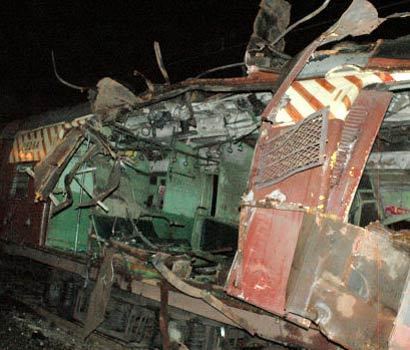 | ||
The history of Mumbai during the 21st century recounts the Indian city of Mumbai in the 21st century when the city suffered several terrorist attacks.
Contents
2001 – 2010
2011 – present
References
History of Mumbai during the 21st century Wikipedia(Text) CC BY-SA
